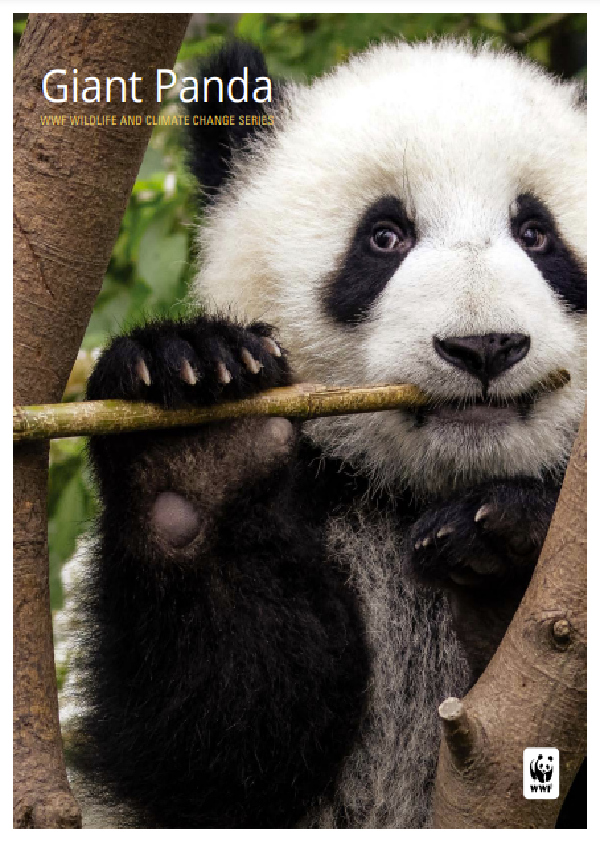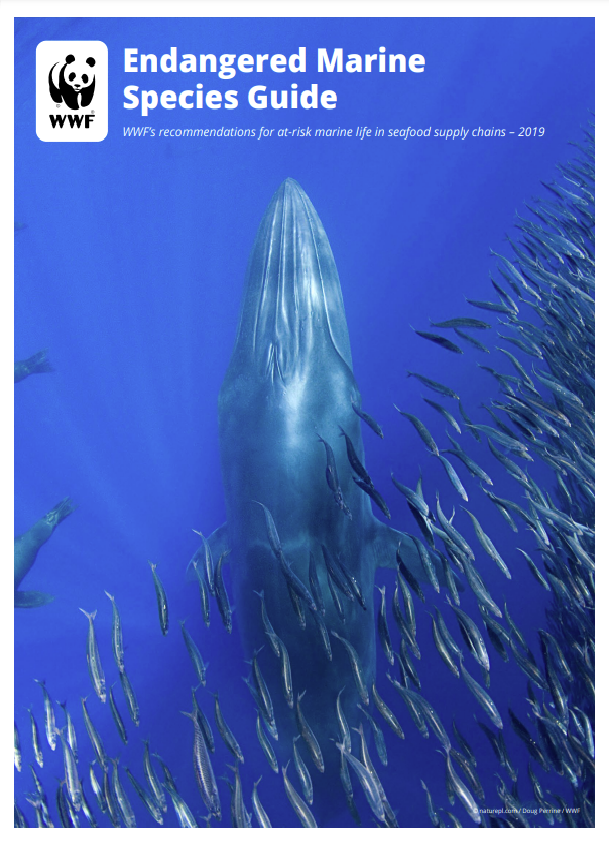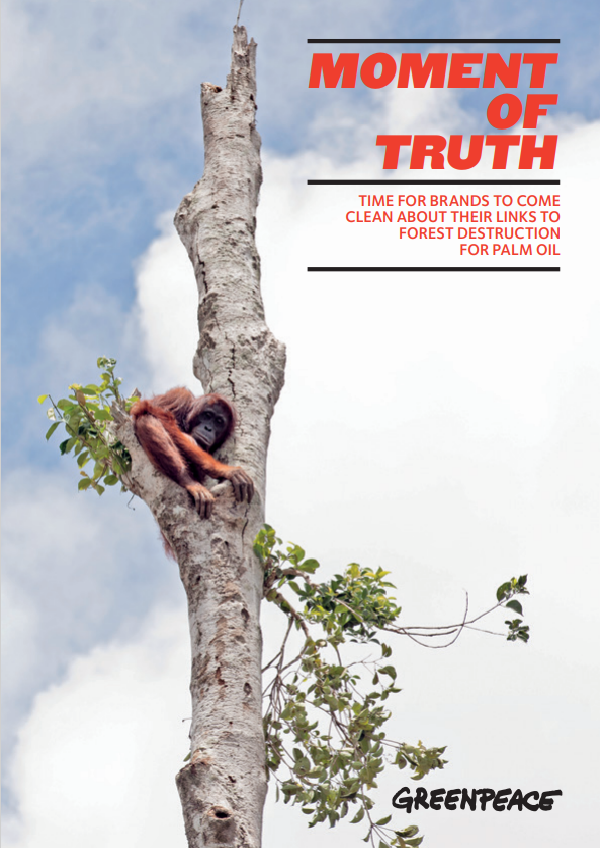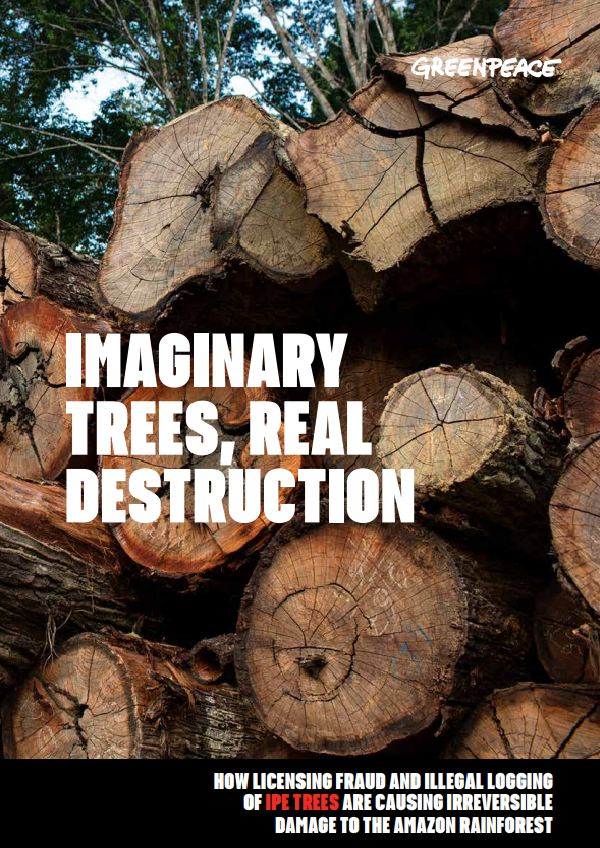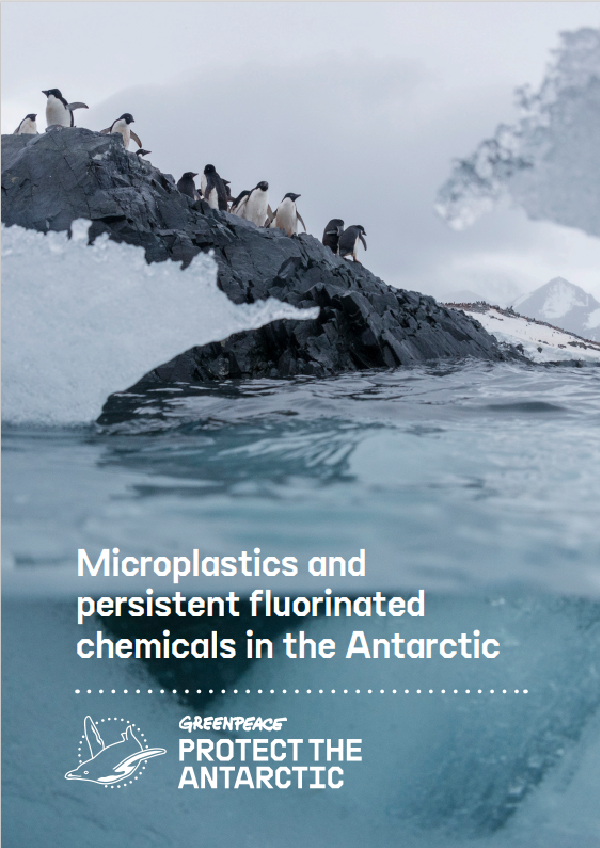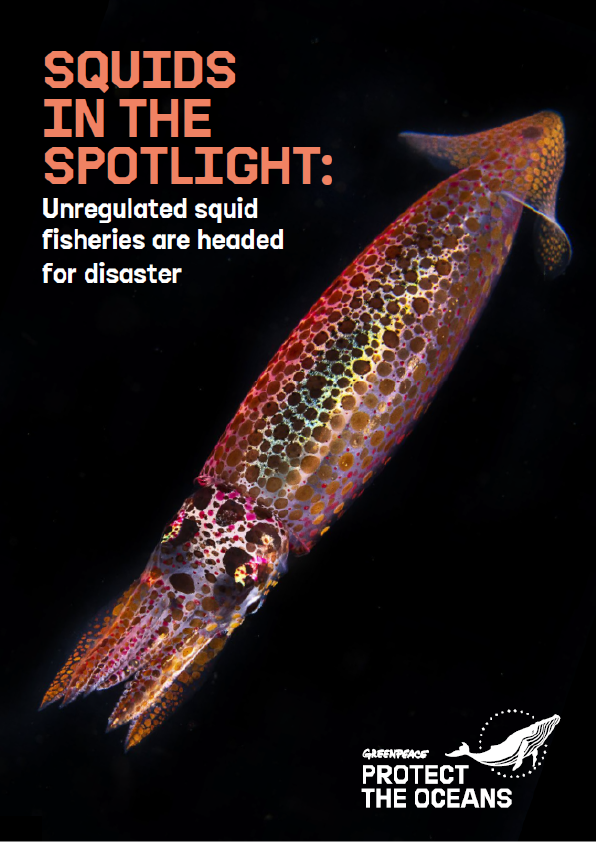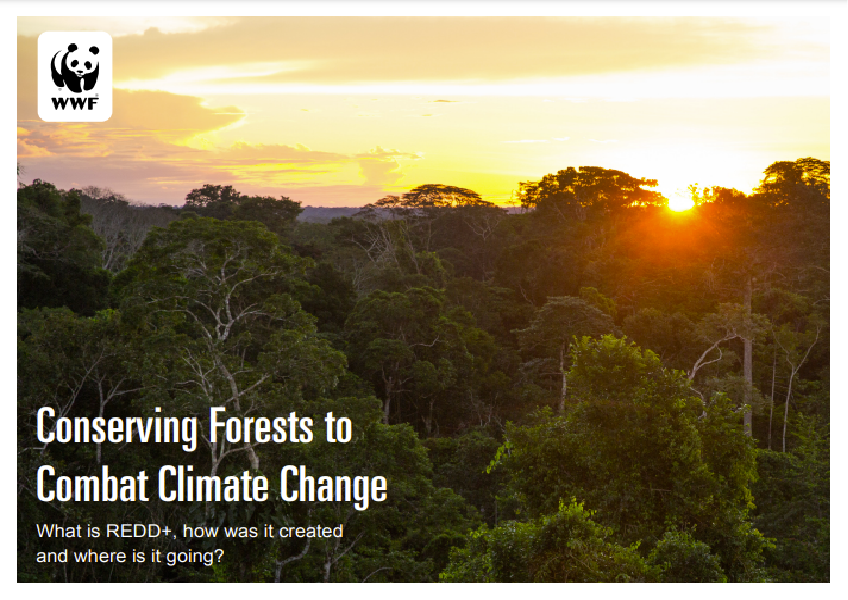The flipbook is a WWF study to assess the vulnerability of giant pandas to impacts, and climate-adapted management strategies.
Experts conducted field observations on the ecological environment of several giant panda habitats in Sichuan. During the expedition, experts found that with the change of climate and the invasion of human activities, some natural environments suitable for giant pandas have changed to varying degrees.
Scientists predict that temperatures in China, where the giant pandas grow, will continue to rise, which is likely to severely hinder the growth of bamboo, which is almost the only food source for the endangered giant pandas. The researchers noted that the pandas were only likely to survive when the bamboo was moved to higher altitudes. To this end, if some related conservation projects progress slowly, as global warming intensifies, various human activities may change the habitat of bamboo. However, if bamboo can be relocated to new, relatively cooler areas, there is a silver lining for sustainable bamboo growth. However, all possibilities depend on how effectively humans can limit greenhouse gas emissions and reduce climate change in the future.
Now, many giant pandas in the wild live in nature reserves to avoid human encroachment. As temperatures rise in the future, most of these protected areas will no longer be suitable for bamboo growth. However, if conservation measures can be taken in advance now, as bamboo continues to change, migrating bamboo in these reserves may preserve the habitat that giant pandas need.
Climate change is accelerating, but giant pandas have limited adaptive capacity. Active measures to adapt to climate change, such as protecting forests, and reducing the impact of disasters caused by extreme weather and climate events, can help giant pandas better adapt to climate change.
